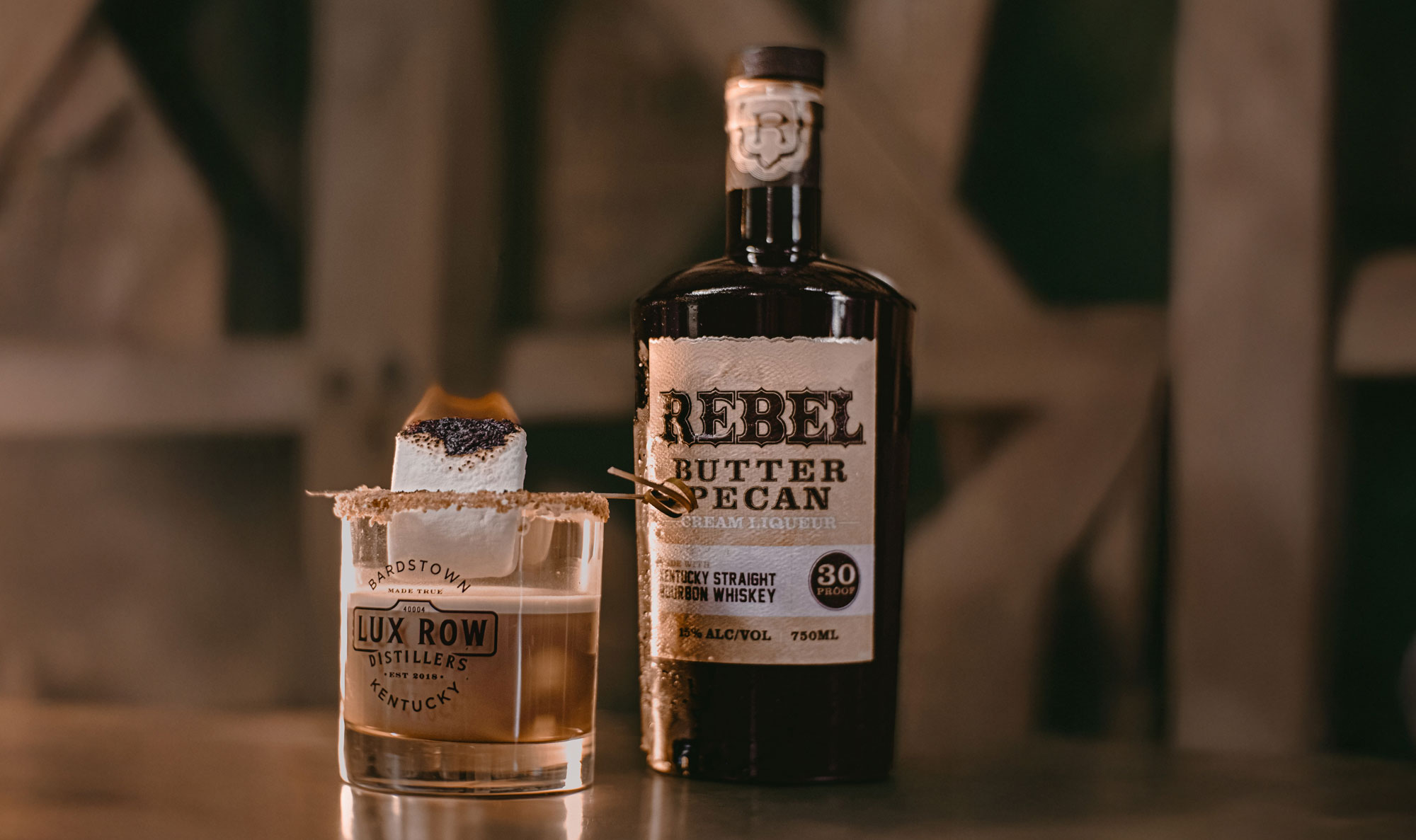
Gather round the fire because Rebel’s introducing a brand-new favorite this fall—Rebel Butter Pecan Bourbon Cream. An unforgettable blend of sweetness and strength, it’s the wheated bourbon you love with all-natural cream, bottled at 30 proof (15% ABV).
[…]
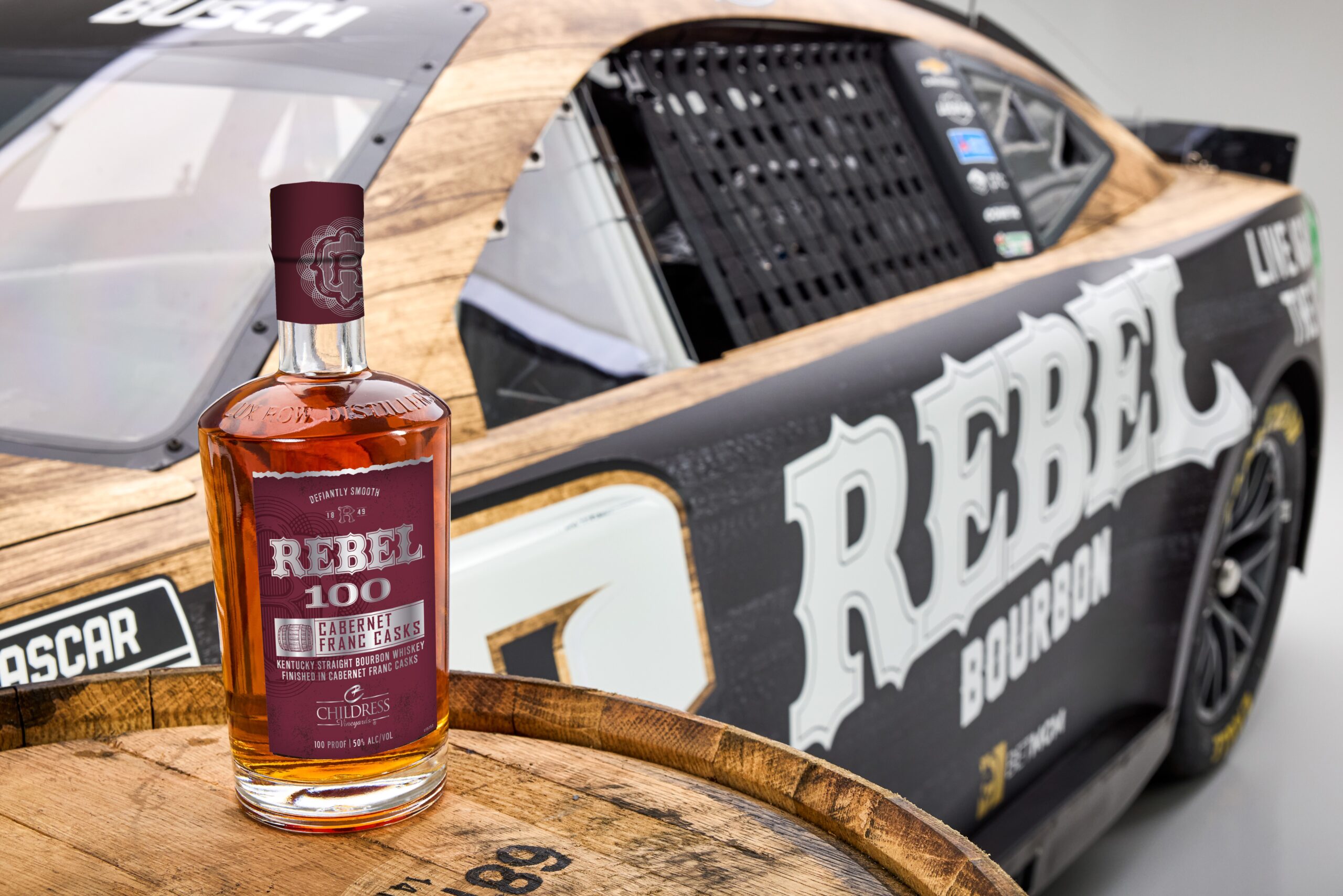
The Rebel 100 you know and love is intensely flavored and hot on the tongue. But what if it put on a tie and went to finishing school? Rebel 100 Childress Vineyards Barrel Finish is the same defiantly smooth bourbon whiskey, but with added dimensions and exciting new flavor cues. Like notes of plums, honey and bright berries that come from finishing in Childress Vineyard Cabernet Franc Casks. […]
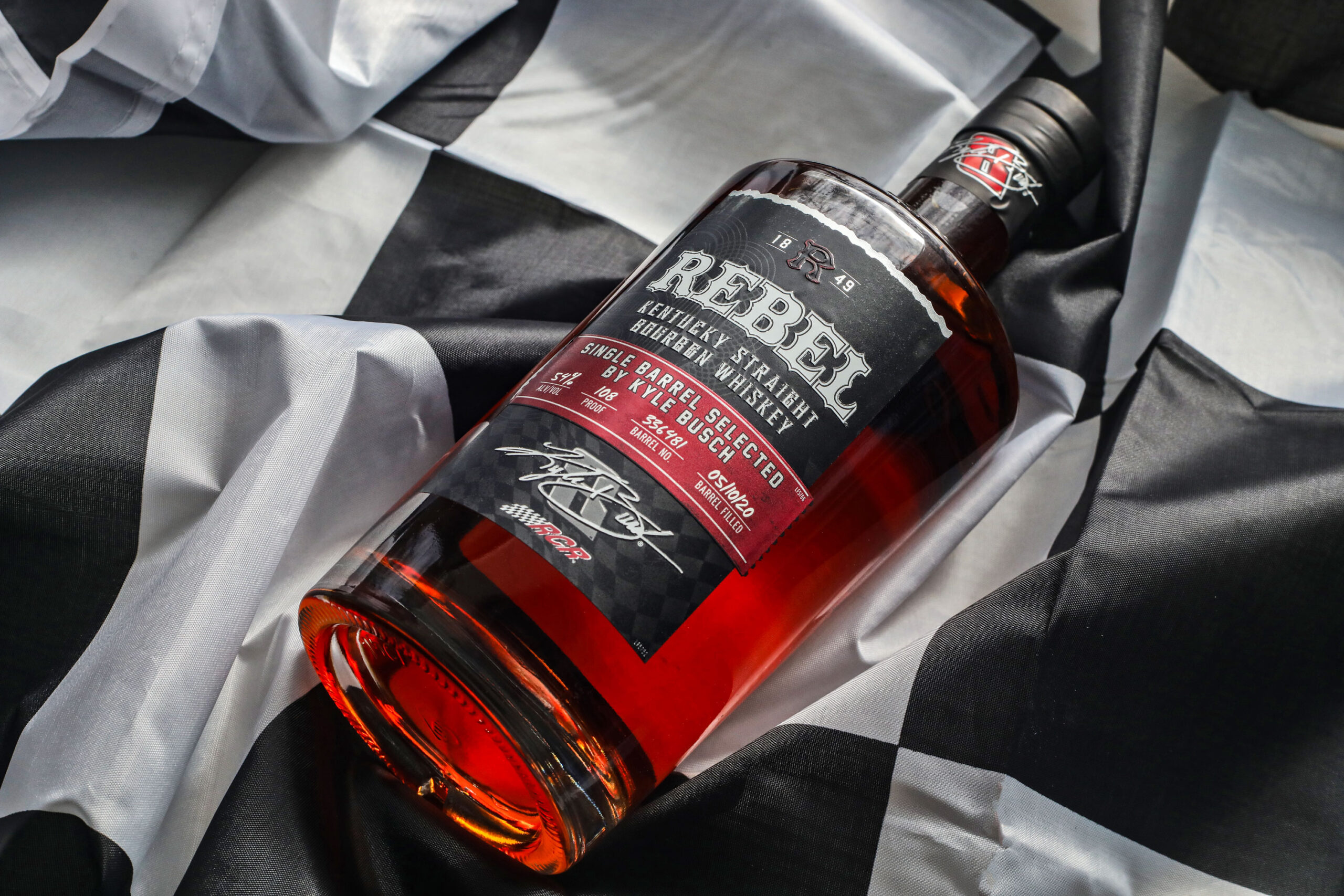
Get our new Kyle Busch 108 Single Barrel Bourbon before it races off the shelves! That’s right, every barrel was selected by two-time NASCAR Cup Series Champion Kyle “Rowdy” Busch, and hand-bottled at 108 proof—in honor of his No. 8 Chevrolet.
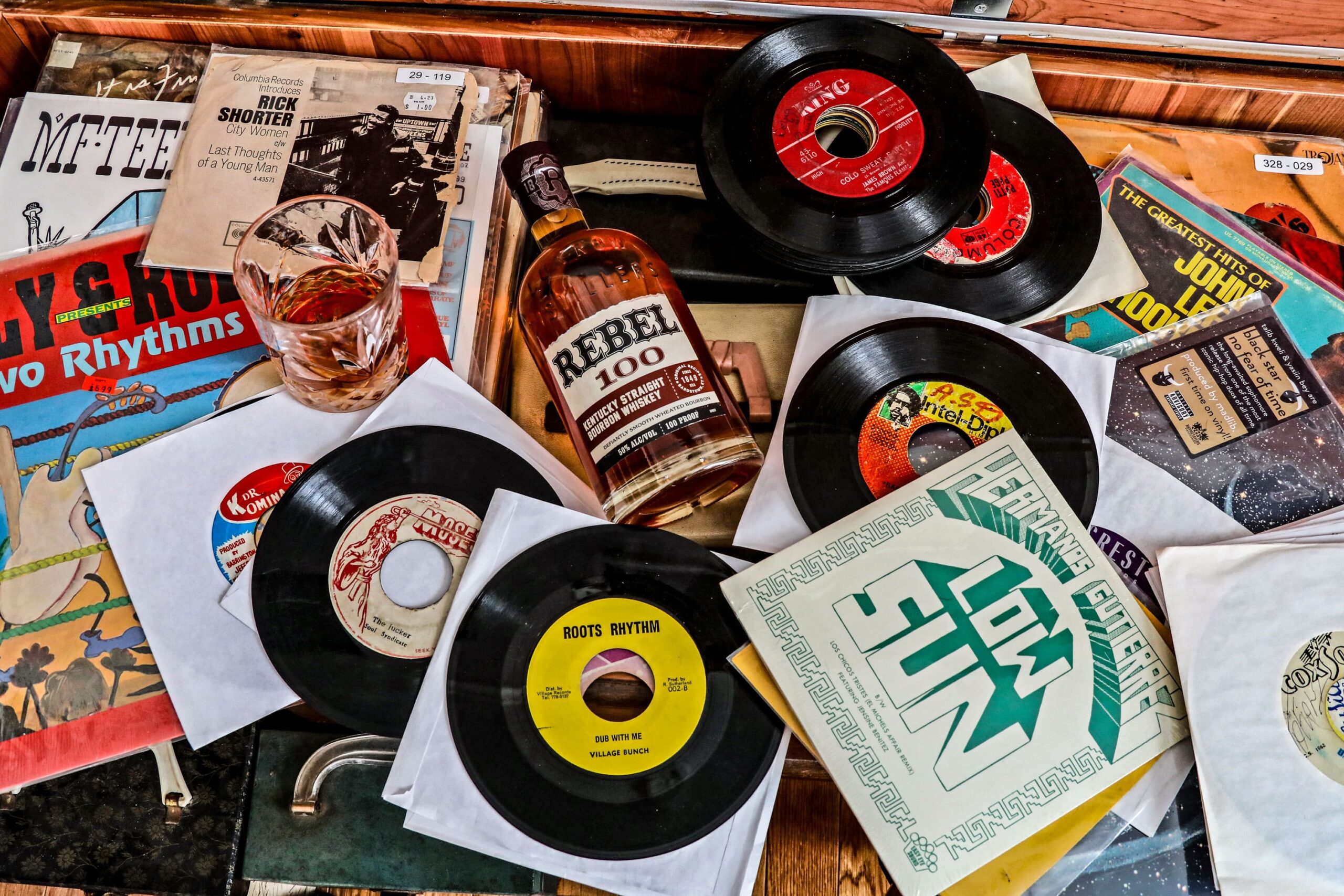
Although nothing tops whiskey in a glass, whiskey in song runs a close second — whether it’s a party anthem or a ballad about a romance gone to hell. Here’s a list of 20 of the latest, greatest songs about whiskey. Pour one and enjoy. […]
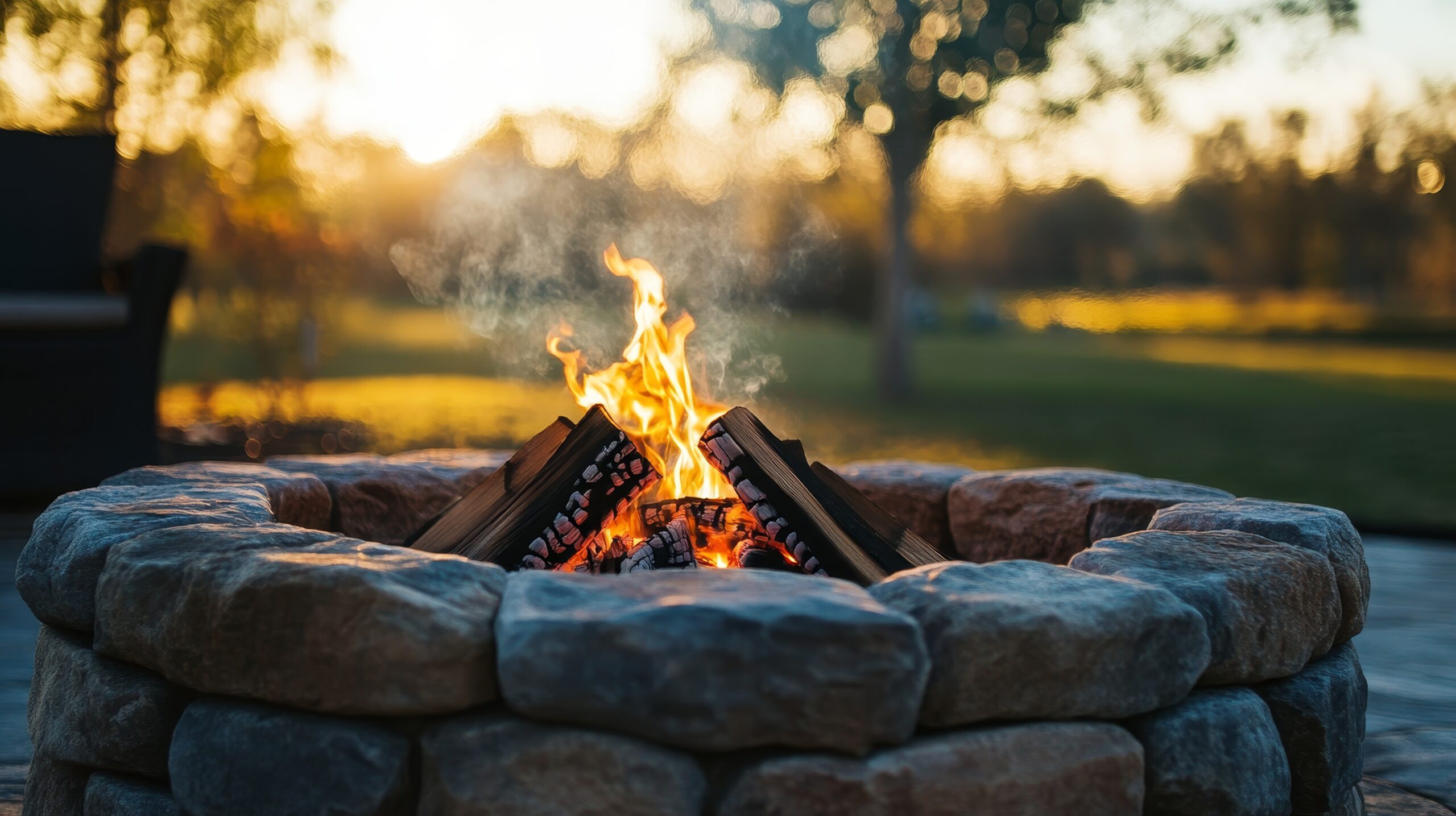
If there’s one thing Rebel Bourbon fans know, it’s how to live life on their own terms.
When the temperature drops, you don’t hibernate—you adapt. And nothing says “I own this” quite like building your fire pit for late-night Rebel Bourbon sipping under the stars. Whether it’s a brisk fall evening or a frigid winter night, your fire pit will keep the vibes alive and the Rebel flowing.
Here’s how to make a fire pit that’s as bold as your bourbon.
Why Build Your Own Fire Pit?
Because you’re not some buttoned-up, microwave-your-dinner type. Building your fire pit says, ‘I do things my way.’ Plus, every drop of Rebel Bourbon tastes better with a little dirt under your nails.
Read: Five Rebellious Old-Fashioned Cocktails to Try
What You’ll Need to Build Your Bad-Ass Fire Pit
Before you get started, gather these essentials:
- Fire pit stones or pavers (available at most hardware stores)
- Shovel (you’re gonna need to dig in—literally)
- Gravel (for drainage and stability)
- Fire ring insert (optional but recommended for safety and durability)
- Level (because even rebels like things even)
- Rebel Bourbon (for inspiration and celebration once it’s done)
Read: What Does Barrel-Strength Mean in Whiskey
Location, Location, Location
Pick the perfect spot for your fire pit. You’ll want it:
- Away from structures or low-hanging branches (you’re a rebel, not a pyromaniac).
- In a spot with a great view of the stars—because whiskey and stargazing are a match made in heaven.
- On level ground for maximum stability.
Step-by-Step Guide to Building Your Fire Pit
Step 1: Mark Your Territory
- Decide how big you want your fire pit to be. A good rule of thumb is about 36-44 inches in diameter.
- Use spray paint or a garden hose to mark the area.
Step 2: Dig It
- Grab that shovel and dig a hole about 6-8 inches deep within your marked area. This creates a base for your fire pit and prevents it from shifting over time.
Step 3: Lay the Foundation
- Rebels don’t build on shaky ground. Toss in some gravel, level it out, and make it solid. If you’re gonna stand by this pit with a bottle of Rebel, it better be as unshakable as your convictions.
Step 4: Build It Up
- Stack your fire pit stones or pavers in a circular shape around the edge of the pit.
- Add 2-3 layers, depending on how high you want the walls to be.
Step 5: Secure the Layers
- Use construction adhesive between the layers of stones for extra stability. Rebels may not follow rules, but they do follow safety protocols.
Step 6: Add the Fire Ring
- Place a fire ring insert in the center of the pit. This will protect your stones and keep the fire contained.
Finishing Touches: Make It Yours
Now that the heavy lifting is done, it’s time to put your own rebellious spin on your fire pit:
- Surround it with Adirondack chairs or whiskey barrels turned into seats.
- Add a stack of firewood for easy access.
- String up some outdoor lights for a warm glow, even after the fire dies down.
- Keep a Rebel Bourbon bottle nearby for easy pours.
How to Enjoy Your Fire Pit Like a Rebel
The fire’s roaring, and your Rebel Bourbon is poured. Here’s how to make the most of your new outdoor haven:
- Sip with style: Grab your favorite whiskey glass, or better yet, go straight from the bottle.
- Toast some marshmallows: S’mores and bourbon? Yes, please.
- Turn up the music: A little outlaw country or classic rock sets the mood.
- Invite the crew: Rebels are better in packs, so bring your friends and a few extra bottles of Rebel Bourbon.
Read: How to Make Badass Barrel-Aged Cocktails at Home
Rebel Bourbon: Your Perfect Fire Pit Companion
Every fire pit needs a centerpiece, and Rebel Bourbon steals the show.
Its bold flavor and smooth finish make it the perfect pairing for cool nights and warm flames. Whether you’re swapping stories or just soaking in the crackle of the fire, Rebel Bourbon makes every moment unforgettable.
So grab your bottle of Rebel (or stock up here), light that fire, and let the world know one thing: you do things your way—or not at all. Cheers to sippin’ bold, living free, and owning the night.
